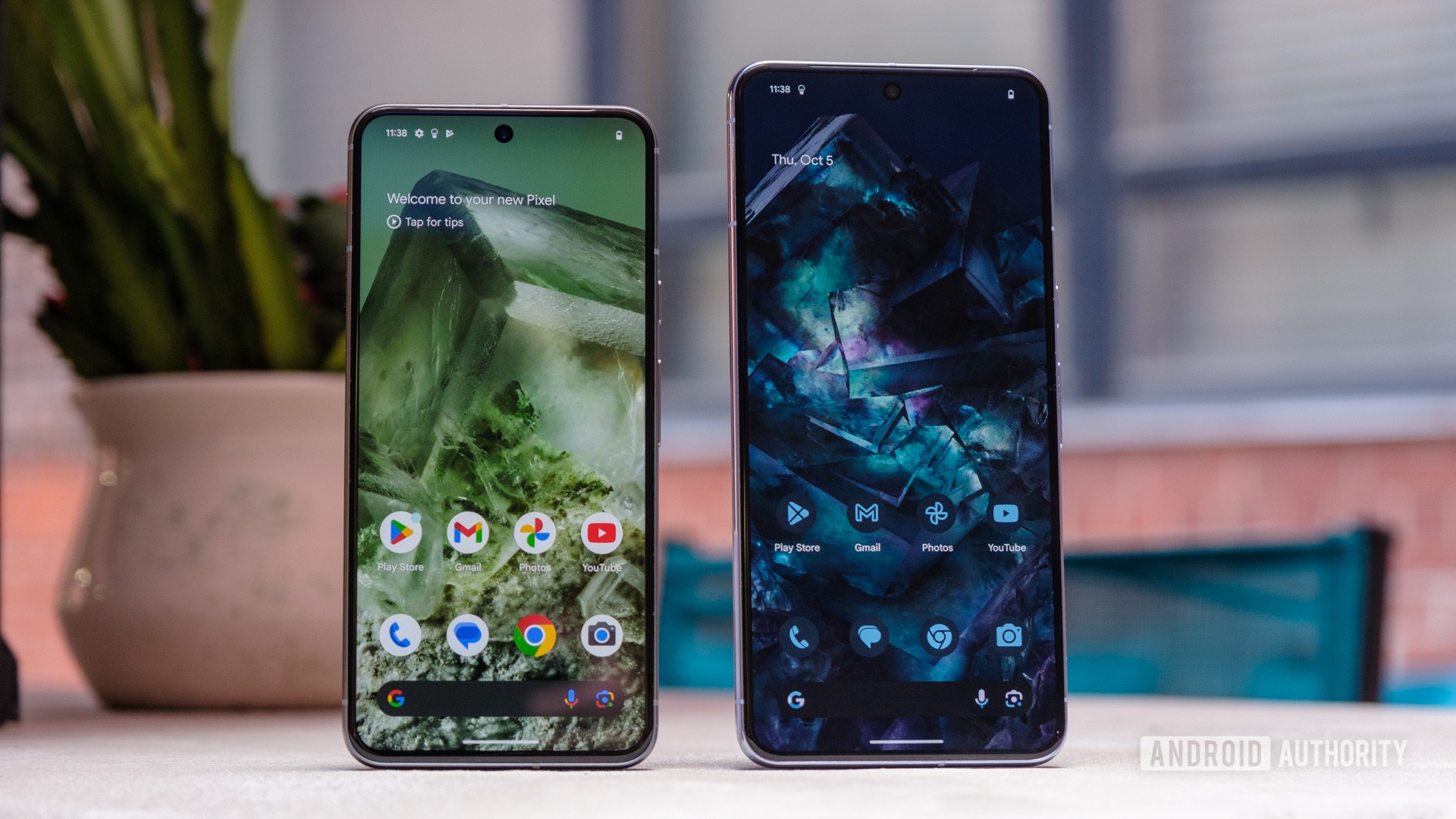Affiliate links on Android Authority may earn us a commission. Learn more.
PSA: The Google Pixel 8 series doesn't have ray tracing
Published onOctober 11, 2023

- The Pixel 8 and Pixel 8 Pro lack hardware-enabled ray tracing.
- This feature allows for more realistic lighting and reflections, but few games support it.
- Qualcomm, MediaTek, Samsung, and Apple chips all support ray tracing, though.
Google launched the Pixel 8 series last week, and the phones are powered by a Tensor G3 chipset that’s a big upgrade on paper over last year’s silicon. Unfortunately, the Pixel 8 phones don’t support one emerging graphical technology.
Google confirmed to Android Authority that the Pixel 8 and Pixel 8 Pro don’t support hardware-based ray tracing. This is a technology used to produce more realistic lighting, reflections, and shadows in games and other applications.
Pixel 8 ray tracing: Where did it go?
We tried running two prominent ray-tracing benchmark tests on the Pixel 8 and Pixel 8 Pro prior to receiving Google’s confirmation. These tests were Basemark’s In Vitro and 3DMark’s Solar Bay. Unfortunately, the tests refused to run, which usually happens when you try to run these tests on smartphones that don’t have hardware-based ray tracing.
We also installed big-name title War Thunder Mobile on the Pixel 8 and tried enabling ray tracing, but the option was absent. Nevertheless, Google’s confirmation that the phones lack ray-tracing support now removes any doubt about the situation.
A step behind rivals, but does it matter?

It’s worth noting that Google didn’t actually claim that the Pixel 8 phones offered ray tracing support, to begin with. However, earlier rumors pointed to the Tensor G3 chipset using Arm’s Immortalis-G715 GPU, which did support hardware-based ray tracing.
Our own benchmark testing suggests that Google is actually using Mali-G715 graphics, likely with seven shader cores, rather than an Immortalis-G715 GPU. The two parts are mostly identical but a Mali-G715 GPU gains Immortalis branding by virtue of ray tracing support and offering 10 or more shader cores.
Do you care if the Pixel 8 series lacks ray tracing support?
Nevertheless, ray tracing technology debuted on mobile inside last year’s Samsung Exynos 2200 chipset and has since been adopted by the Qualcomm Snapdragon 8 Gen 2, MediaTek Dimensity 9200, and Apple’s A17 Pro chip. So Google is lagging behind the competition in this regard.
Ray tracing on mobile isn’t a major feature in 2023, though, as precious few games support it. However, Google’s promise of seven years of updates means that this absence could be keenly felt on the Pixel 8 line if a lot more mobile developers adopt the feature in the coming years.